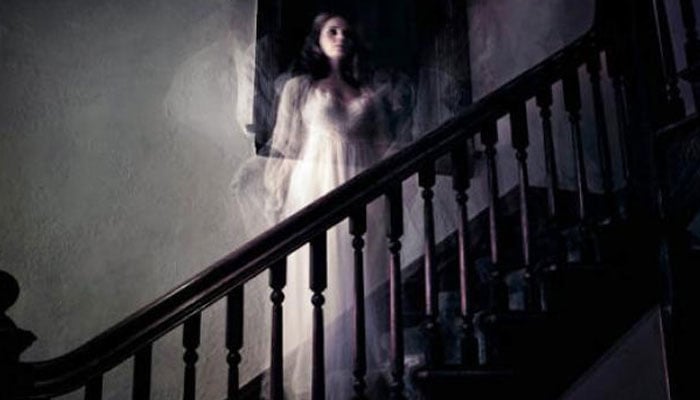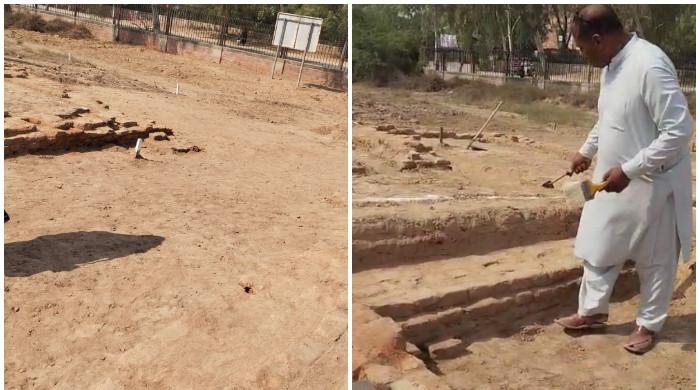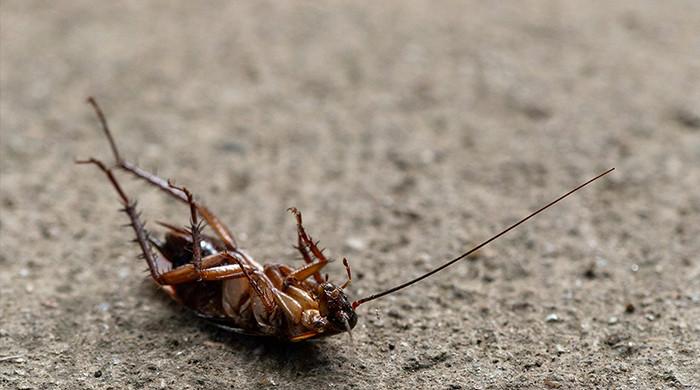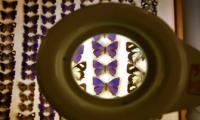Here are 5 reasons why science says ghosts are not real
Sleep paralysis, hallucinations and electromagnetic fields are among the major reasons for ghost sightings
The realm of ghosts and paranormal phenomena have long captured human imagination, but two scientists from London's Goldsmiths University's Anomalistic Psychology Research Unit have provided five scientific reasons why ghosts are not real.
With five rational explanations, these experts delve into why people perceive ghosts, attributing these experiences to natural rather than supernatural means.
1. Sleep paralysis:
Dr Chris French, head of the Anomalistic Psychology Research Unit, explains that many ghost stories can be demystified through the phenomenon of sleep paralysis. During rapid eye movement (REM) sleep, the body's temporary paralysis can create a feeling of being awake but immobilised. This experience often leads to vivid hallucinations that involve a sense of an entity's presence. Dr French likens sleep paralysis to a "glitch in the normal sleep mechanisms."
2. Prior belief, context, and hallucinations:
The psychology of belief plays a pivotal role in ghostly encounters. Prior beliefs, contextual cues, and hallucinations contribute to people's perceptions of ghosts. Context shapes how individuals interpret their surroundings, particularly when primed with notions of haunting. Dr French draws a parallel between this phenomenon and the linguistic experience of learning a new word and subsequently encountering it frequently.
3. Electromagnetic fields:
Dr French underscores how electromagnetic fields can impact human brains, leading to hallucinations. These fields, sourced from both natural and human-made origins, can disturb neural activity and trigger perceptual distortions. The researchers' investigations found that exposure to electromagnetic fields induced unusual sensations in participants, with around eight per cent reporting feelings of terror. However, such experiences are attributed to suggestibility rather than supernatural forces.
4. Infrared, ultrasonic sound:
The audible spectrum contains sounds beyond human hearing thresholds, including infrasound and ultrasonic sound. Remarkably, lower frequencies, particularly around 19 hertz, can cause minute vibrations in the human eye, creating optical illusions. Dr French's team studied the effects of electromagnetic fields and hidden sounds on people's ghost beliefs. Findings revealed that while these factors induced unusual sensations, their presence had minimal impact on outcomes. The power of suggestion emerged as the driving force behind perceived strange experiences.
5. Mould:
Surprisingly, an ordinary element like mould contributes to ghostly encounters. Dr Shane Rogers, a civil and environmental engineering professor, noticed correlations between haunted places and mould prevalence. As he observed eerie behaviour in his children after mould exposure, Rogers began connecting mould to haunted locations.
TV shows exploring haunted houses confirmed this link, revealing that many of these aged structures hosted mould growth. Certain mould types, such as Aspergillus, can induce breathlessness and conjure visions of dark shapes due to optic nerve inflammation. Experiments with Stachybotrys, or black mould, even showed its ability to evoke fear in lab mice.
By understanding these factors, people can construct an understanding of why people often feel like they have felt the presence of a paranormal being.
-
'Who's it?' Late-night doorbell prank mystery ends with bizarre twist
-
When blue met green: Jaybirds create a one-of-a-kind hybrid
-
Australian scientists grapple with 'despicable' butterfly heist
-
Floods from Koh-e-Suleman bring 2,000-year-old coins to Punjab
-
Octopus boom triggers ‘perfect storm’ for Britain’s shellfish trade
-
Cambridge can’t escape ‘skibidi’ as Gen Z slang adds 6,000 fresh entries
-
Italian Brainrot: The AI memes only kids know
-
Nasa's Curiosity rover discovers coral-like rock on Mars












